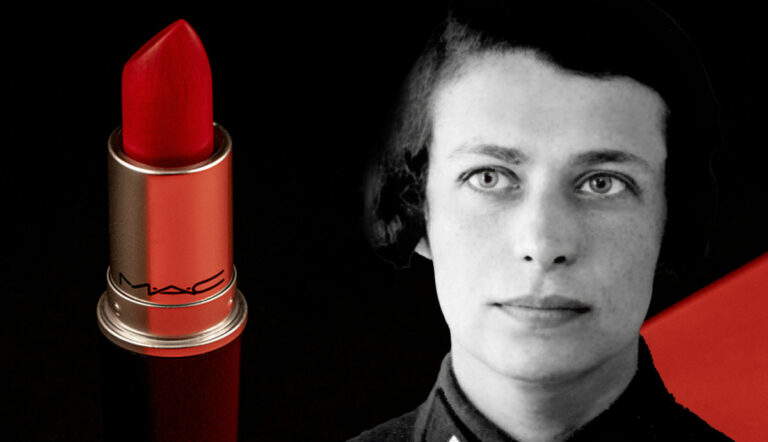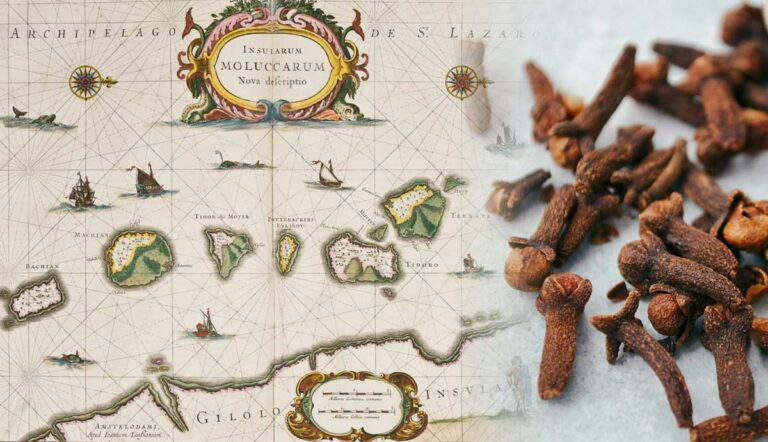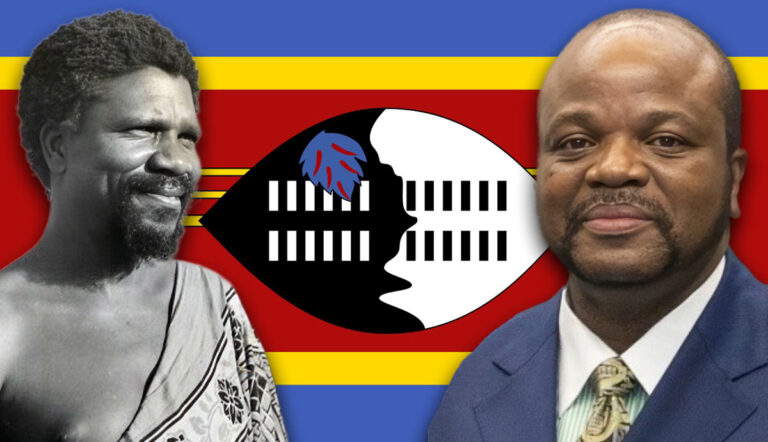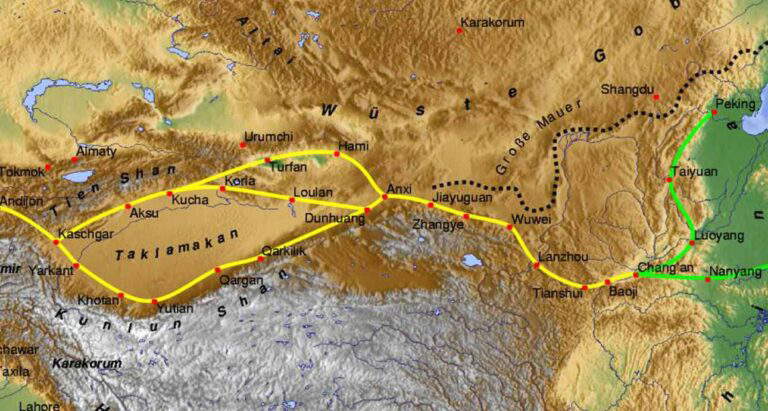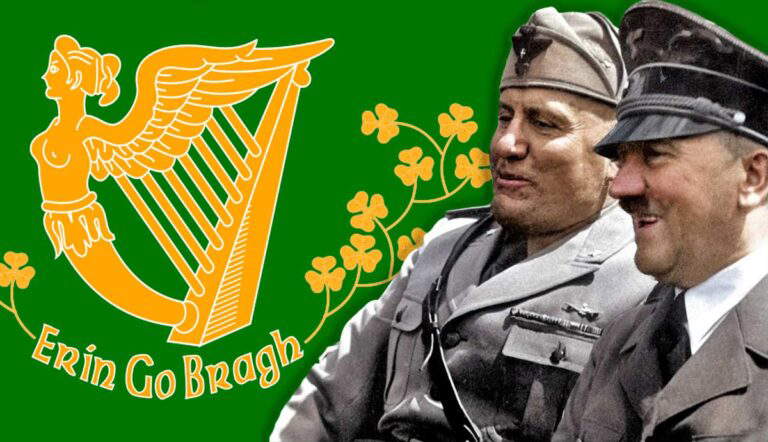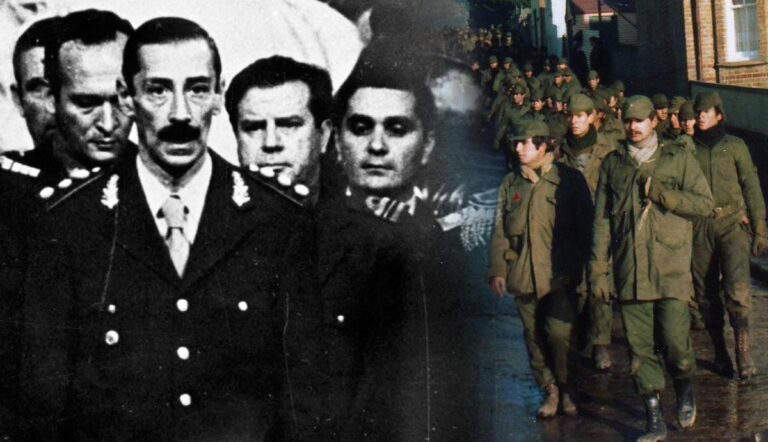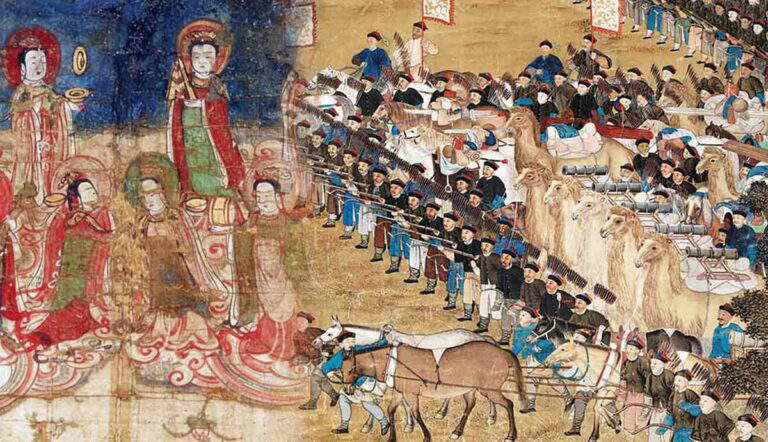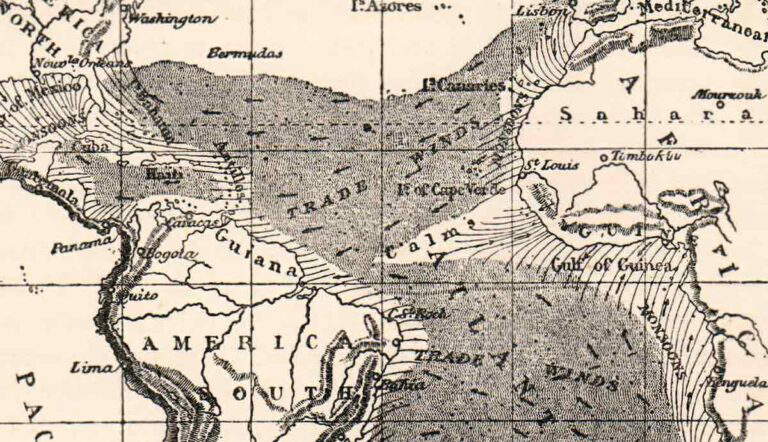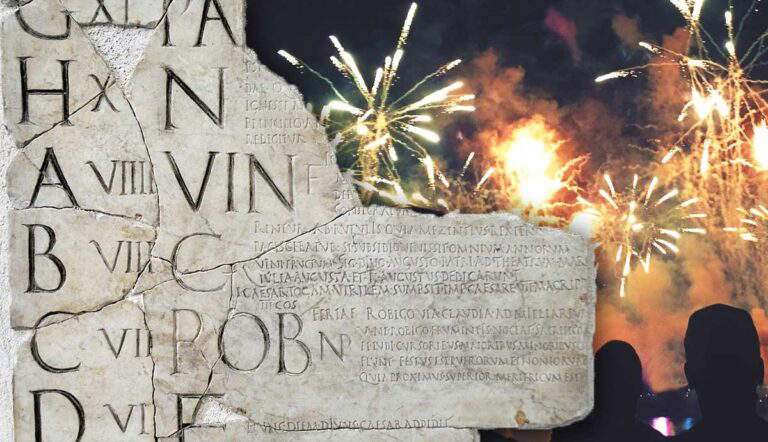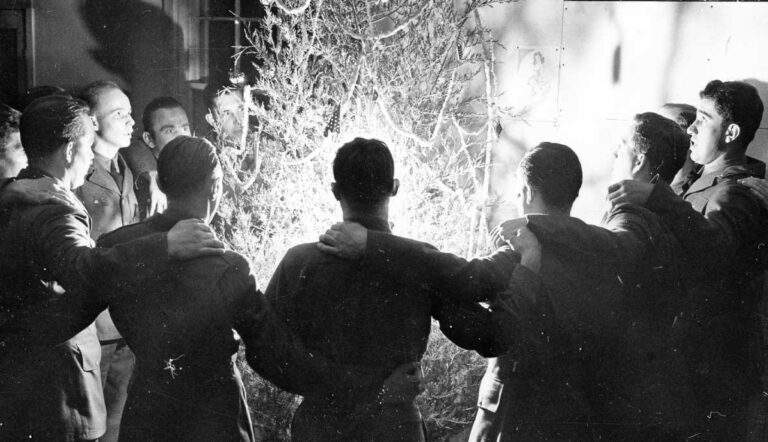A panoramic exploration of World History and the civilizations, events, cultures, and figures that collectively shaped our world.
The economic importance of the Spice Islands explains why an Indonesian island was bartered for New York in the 17th century.
Revolutions are often defined by their leaders. In this article, six of history’s most prominent revolutionary figures are explained in detail.
With a history of expansion, struggle, and scandal, Eswatini’s monarchy continues to make headlines.
The Han and Tang dynasties changed global history by introducing new tools to the world.
The Argentine military junta that lasted between 1976 and 1983 led a campaign of persecution against its own people known as the Dirty War.
By definition, the trade winds are prevailing winds blowing near the equator. And in the Age of Exploration, these airstreams reliably powered navigation, trade, and cultural exploration.
When a freebooting Cossack sold a grand adventure to the Tsar, the expedition became a diplomatic disaster and a little-known footnote in the “scramble for Africa.”
World War II drew 70 million Allied soldiers into unprecedented violence that displaced millions and shattered nations. Amid this chaos, how did they celebrate Christmas?
- …
